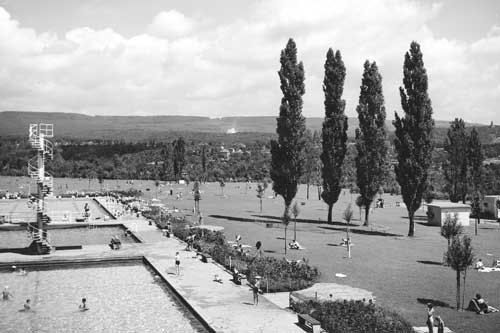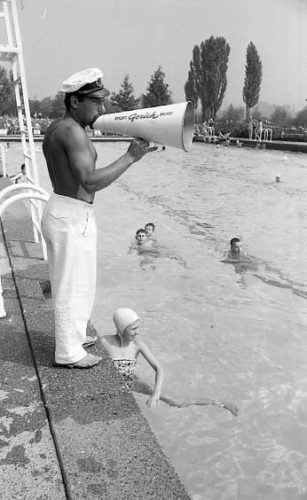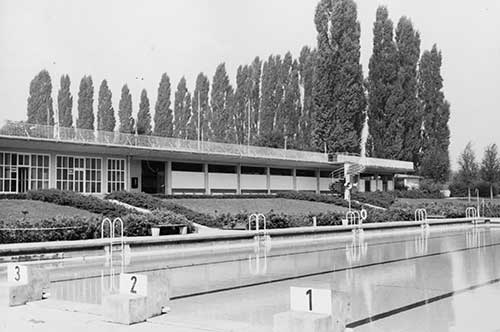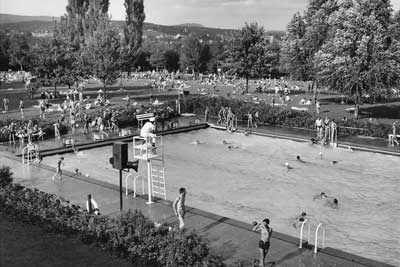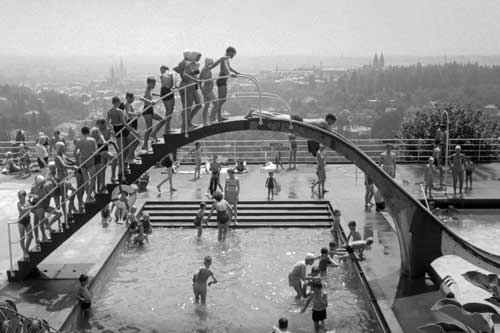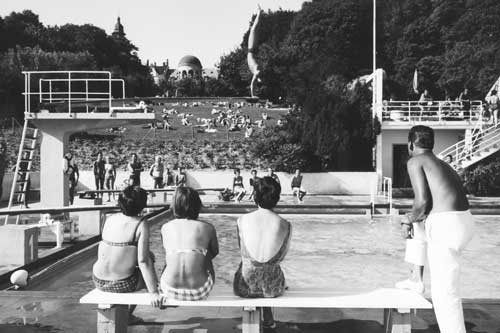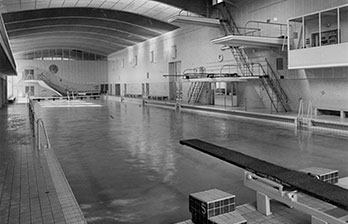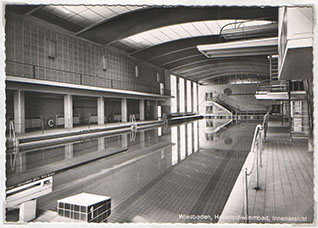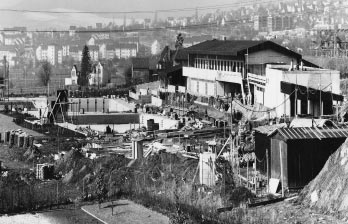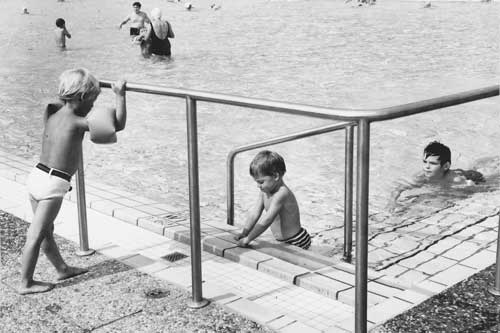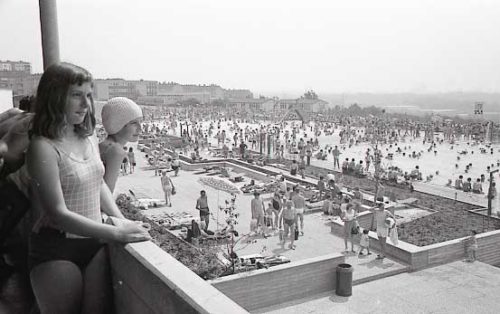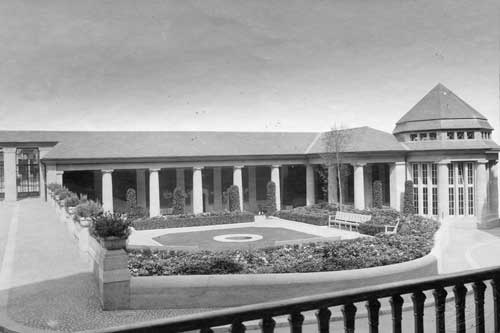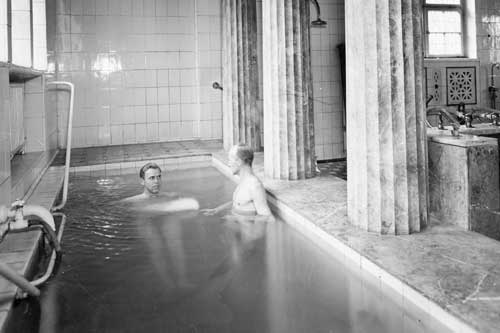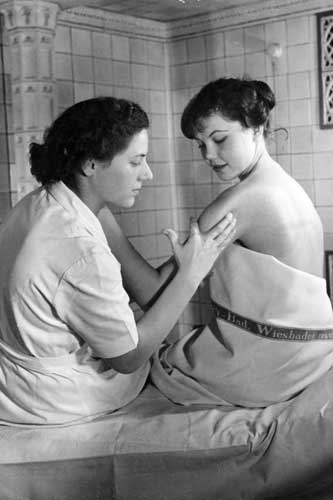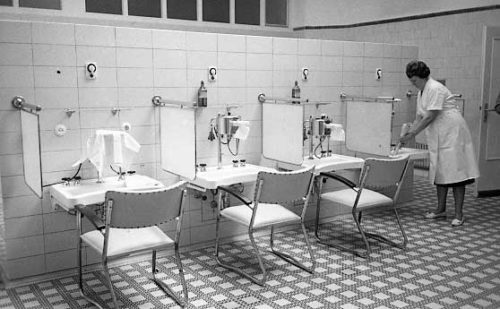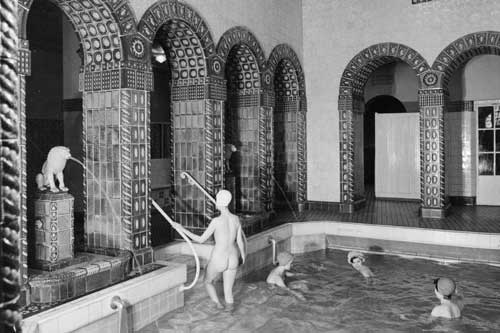Fun facts
Everything you’ve always wanted to know about water…
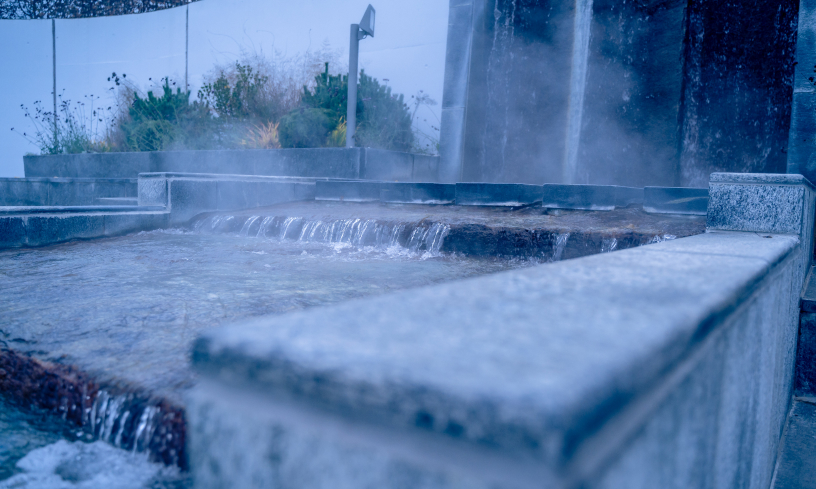
The healing world of H20
In Germany, thermal water is seen as a form of medicinal water and is even regulated by a directive on remedies. Therefore, mattiaqua officially deals with a pharmaceutical product that has to be regularly checked and monitored by pharmacists.
The heartland of thermal baths…
The origins of Wiesbaden’s thermal springs Once upon a time, Ekko the Giant was hunting a dragon, but the beast was nowhere to be found… First he drove his spear into the ground several times and hot water came gushing out. Then he fell and had to support his weight on the damp ground with his forearm and left hand. Legend has it that Wiesbaden’s valleys, hills and thermal springs were created on that fateful day.
The five main springs converge beneath the Kaiser-Friedrich-Therme in the city, where they are regularly maintained. An underground pipe is used to transport the thermal water from beneath the Kaiser-Friedrich-Therme to the Thermalbad Aukammtal a few kilometres away. Giant!
Leisure over the years
Kleinfeldchen indoor and outdoor pool
The sparkling 50s…
Kleinfeldchen is a popular swimming attraction that was originally planned as a purely outdoor pool in the 1950s. The indoor area was only built 20-25 years later.
Wiesbaden has produced several Olympians in different swimming disciplines, such as Angela Maurer, Jenny Mensing and Christian Reichert. Helge Meeuw (now retired) made Wiesbaden proud by setting European and German records. Kleinfeldchen is or was the training ground for all those athletes.

Opelbad
The landmark above the city…
Opelbad in the Neroberg hills was opened in 1934. The dimensions of the large pool don’t match any specific standards – in fact, they’re relatively arbitrary. The name “Opel” isn’t related to the car manufacturer, but rather a family foundation with the same name. Wilhelm von Opel was a privy councillor at the time, donating some of the funds and giving the city a substantial loan. Opelbad has long been a listed building. Nowadays, nobody would dream of building an outdoor pool in such an exposed location. The water slide is even listed as a historical monument in its own right.
Maaraue outdoor pool
Bathing fun where the Rhine and Main meet…
Maaraue is a place steeped in tradition: Emperor Frederick Barbarossa held court with countless knights there in the Middle Ages. And the peninsula between the Rhine and Main continues to inspire visitors to this day, because Maaraue outdoor pool is located in the middle of a nature reserve. It’s the largest outdoor pool in Wiesbaden with a 50,000 m² sunbathing lawn.
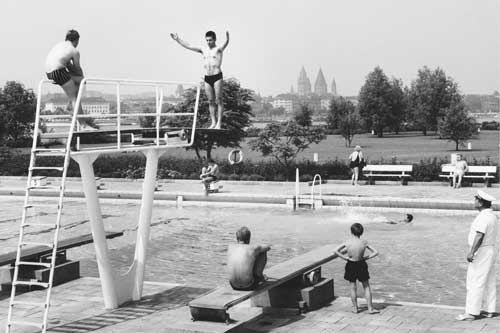
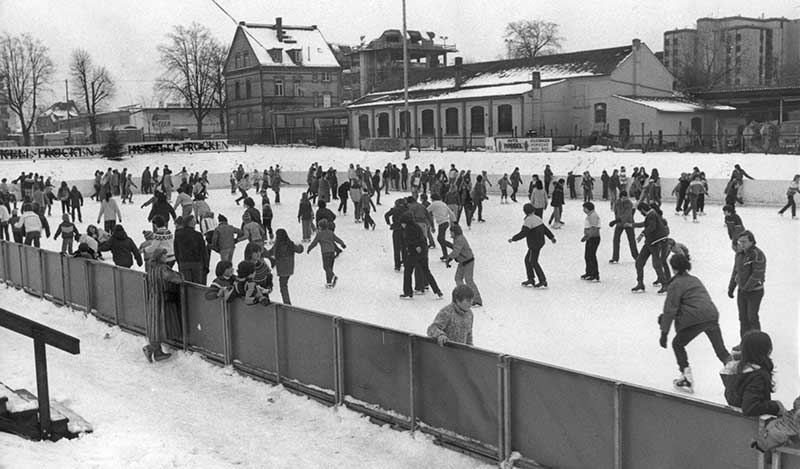
Henkell ice rink
Cool and popular since 1972…
It’s a fitting story, because it all started shortly before Christmas… The Henkell ice rink opened on 23 December 1972. It was a nice gift from Otto Hubertus Henkell, the owner of the sparkling wine cellar at the time, who donated DM 540,000 for the ice rink. It turned out to be a highly cooperative project, as the ice rink also received donations from the City of Mainz. Just as the popular 60 x 30 m rink almost had to be closed due to its outdated technology, a petition was launched in 2015 and counted on the support of numerous personalities, such as figure skaters Hans-Jürgen Bäumler and Marina Kielmann. The facilities are still open to this day.
Mainzer Straße leisure pool
Mainzer Straße leisure pool and the missing 20 cm…
The leisure pool on Mainzer Straße was the first large indoor pool in Wiesbaden. Ever since it was opened in the 1950s, it’s had a 50 m pool – or at least that’s what the locals claim… As the pool actually only measures around 49.8 m, the facilities can’t be used for swimming competitions.
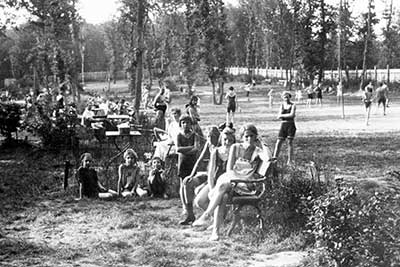
Unter den Eichen outdoor leisure pool
“Lufti” celebrates its 100th anniversary…
“Recovery for the sick and relaxation for the healthy!” This was the holistic guiding principle that was displayed at the main entrance to the popular outdoor leisure pool, known affectionately as “Lufti”, when it celebrated its grand opening on 14 July 1921. Even in the 1920s, the leisure pool attracted lots of visitors thanks to its impressive location, its size (34,000 m²) and its progressive nude bathing areas – separated by gender.
The “Lufti” will be celebrating its 100th anniversary in 2021 – it’s still a popular attraction for families with young children.
Kallebad outdoor pool
36,000 m² of summer fun…
Kallebad outdoor pool opened in 1970 after a company named “Kalle” had donated DM 1 million. The chain of department stores known as “Hertie” also contributed a considerable sum of DM 400,000. The outdoor pool is a really popular attraction with spacious facilities (36,000 m²), including a huge paddling area for young bathers.
Kaiser-Friedrich-Therme
Wiesbaden’s spa tradition…
“Wiesbaden has spent three million on the construction of a new palace, which is undoubtedly one of the most ideal settings in the contemporary spa landscape – the best you will ever find in modern balneology”.
LEIPZIGER NEUE NACHRICHTEN didn’t skimp on any superlatives when reporting on the opening of the new bathhouse on 29 March 1913. 14 years earlier, the city had bought the “Zum Adler” bathhouse and the adjoining “Goldener Brunnen” hotel for around 2 million gold marks, thereby acquiring the rights to the Adlerquelle spring. The new building described so enthusiastically by the newspaper was planned for a further 2 million gold marks in 1906. A more precise assessment found the development to be worth 2.68 million gold marks – and this figure had increased to 3 million gold marks by the time the thermal baths were finally completed. This may have been a colossal sum at the time, but it would turn out to be a good investment, as the spa guests and bathers were just as enthusiastic as the FRANKFURTER ZEITUNG, which proclaimed: “This bathhouse is a precious gift from the cosmopolitan city of Wiesbaden for anyone yearning for the healing powers of thermal water”. We couldn’t agree more.
